Hair porosity is the measure of your hair's ability to absorb and hold moisture, and it can be classified into three main categories: low porosity, medium porosity, and high porosity. Understanding your hair's porosity is important because it directly influences the way you should care for your hair. Using the wrong products or techniques for your hair porosity can lead to issues like dryness, breakage, and frizz. So what does high and low porosity hair look like? Low porosity hair cuticles are flat and tight, like the shingles of a roof on a house, making it difficult for water and product to absorb inside. Medium porosity hair cuticles are slightly raised. This is considered normal porosity and the easiest to manage, requiring the least maintenance. High porosity hair cuticles are extremely porous and raised, making it easy for product and moisture to get in, but quickly escape. High porosity hair is typically a sign of damage and needs a little more attention.
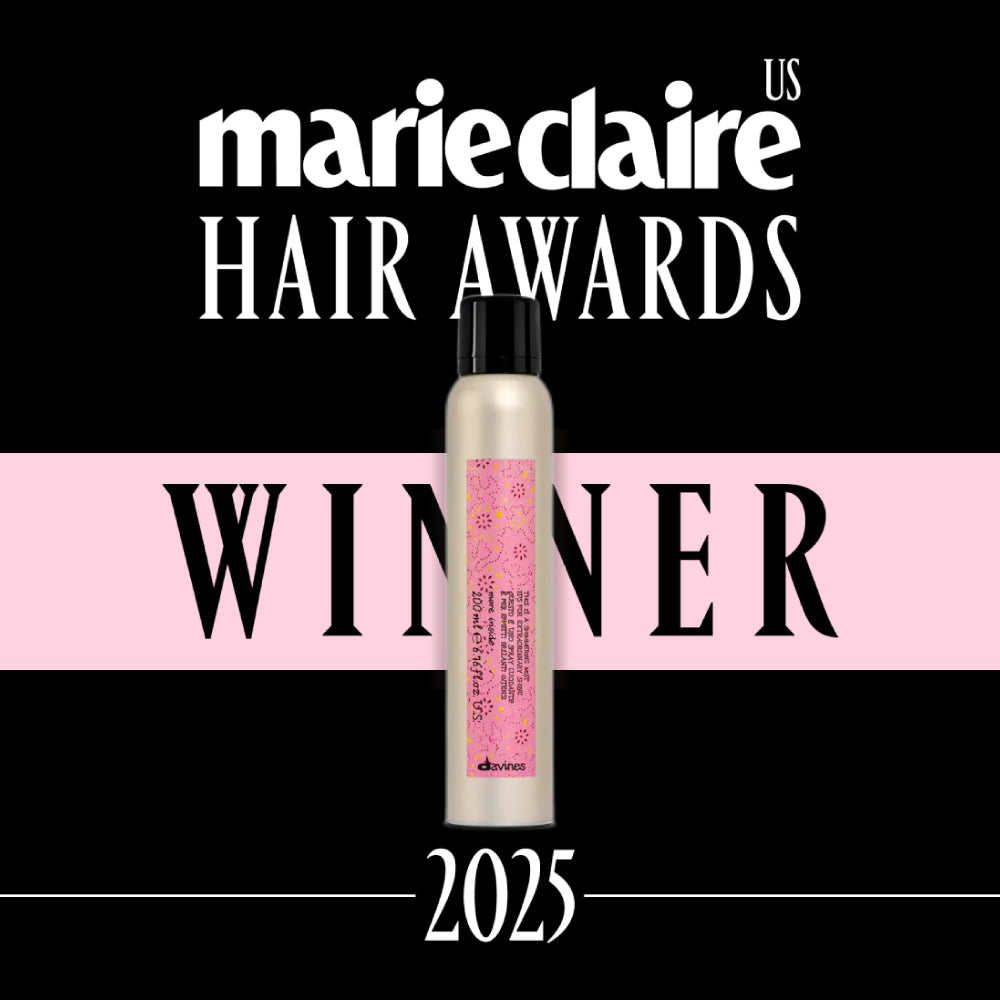


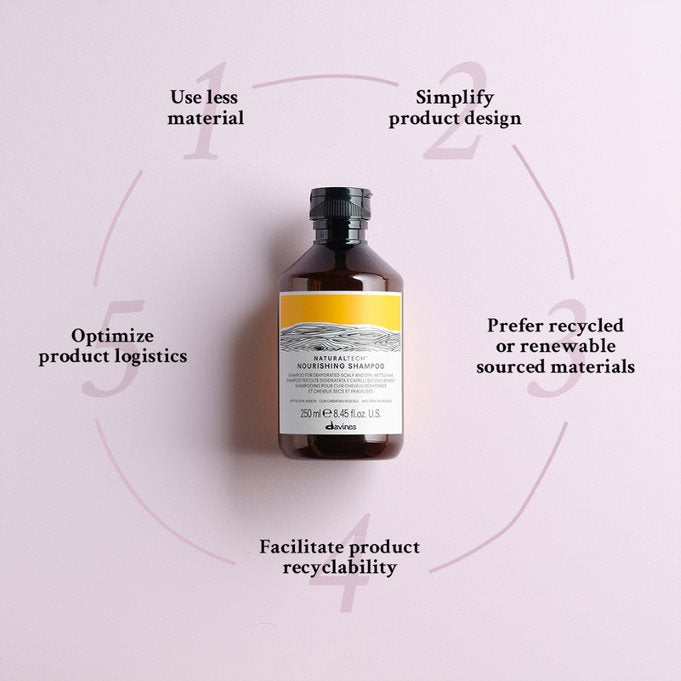
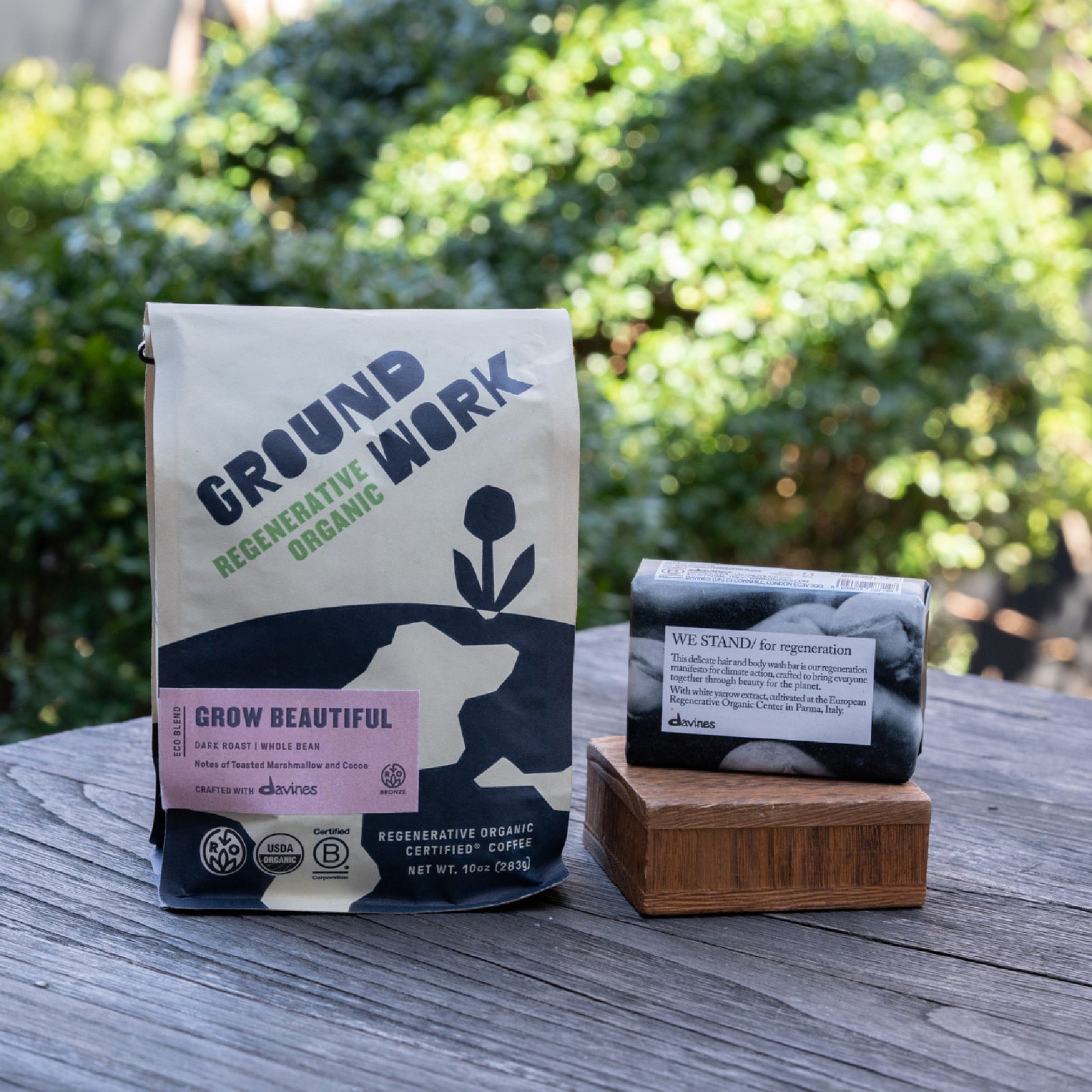
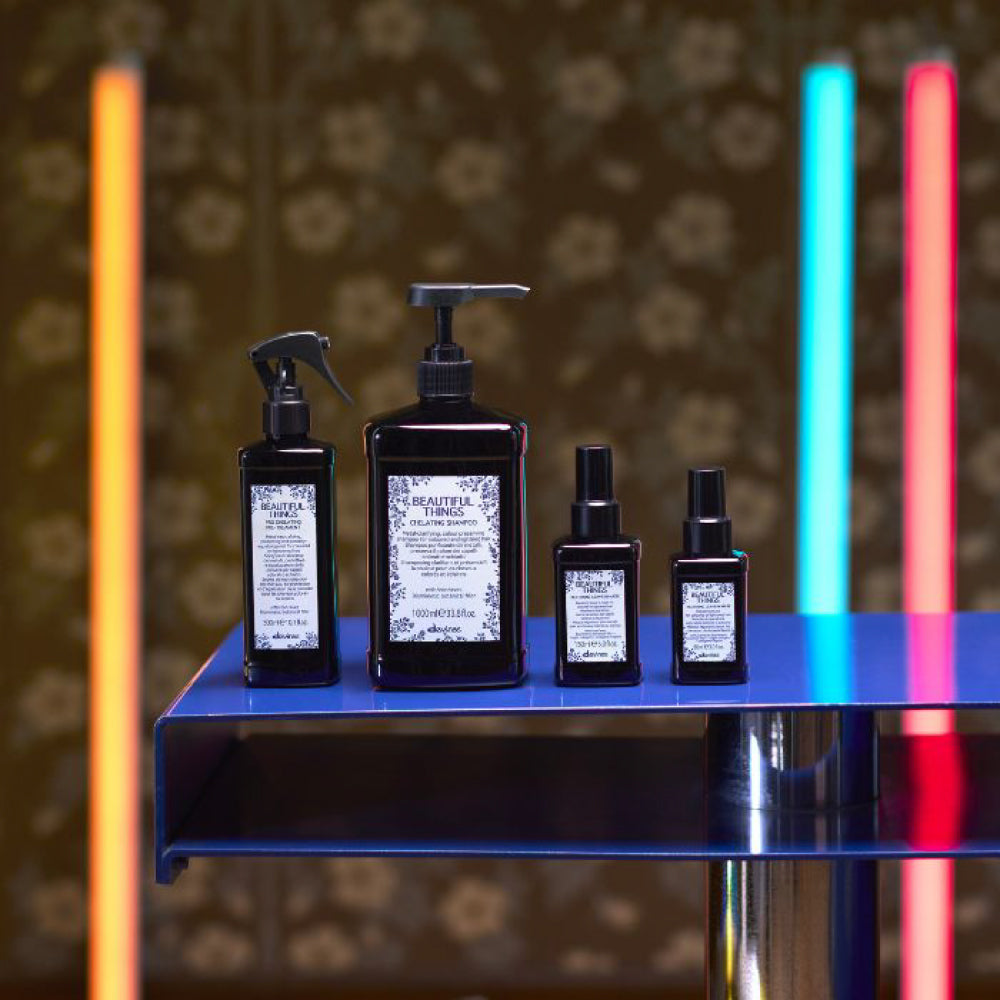

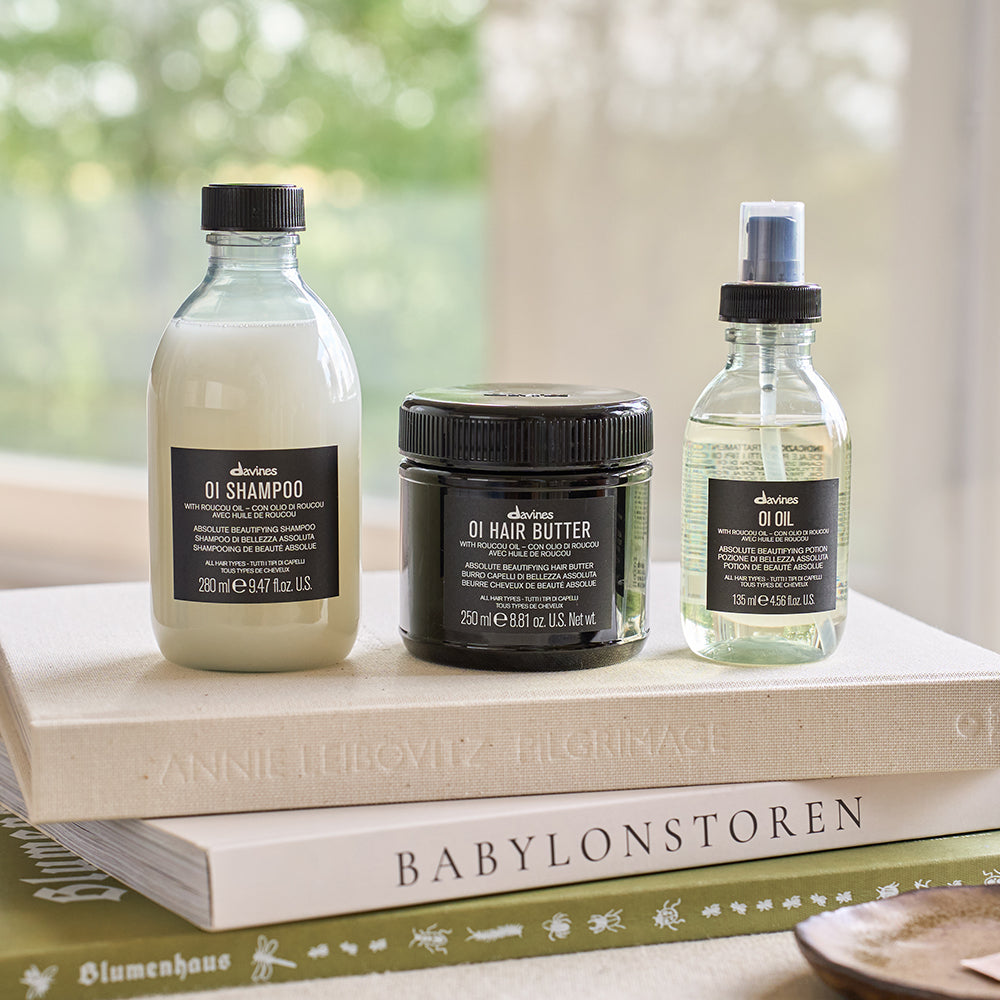
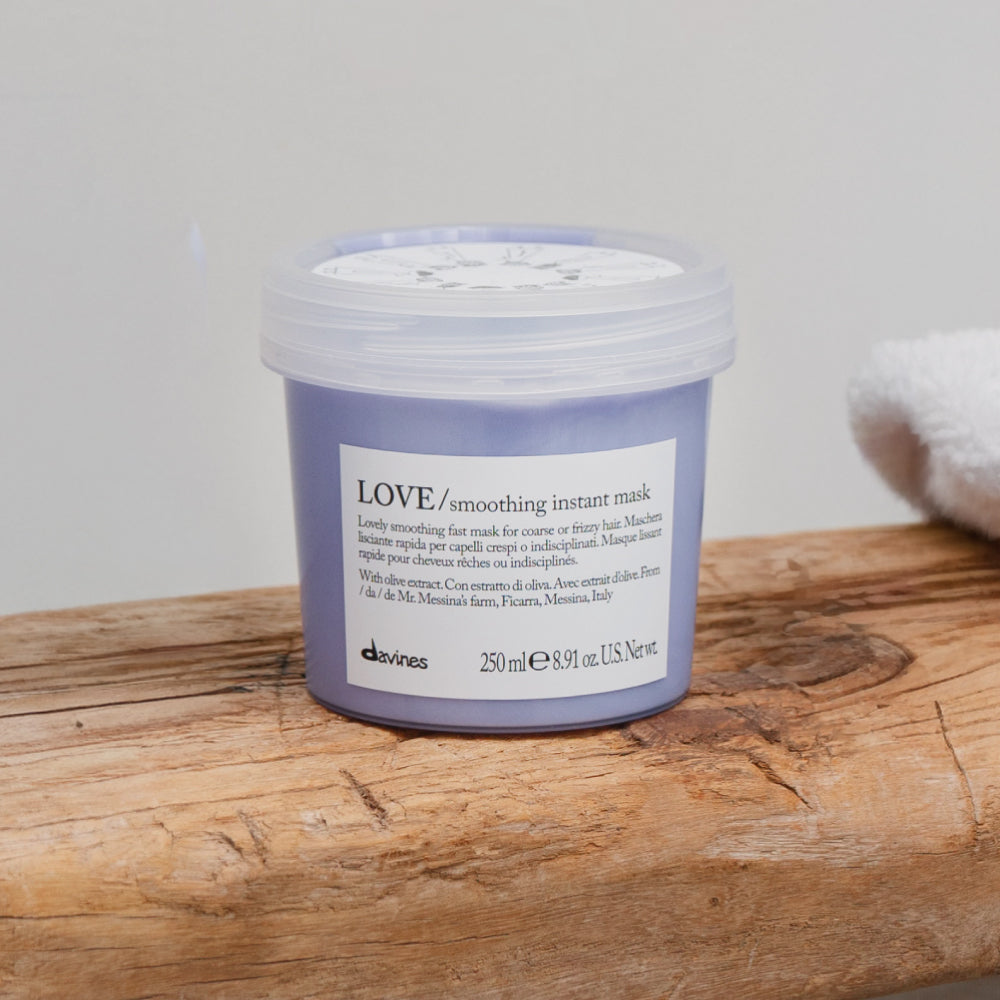
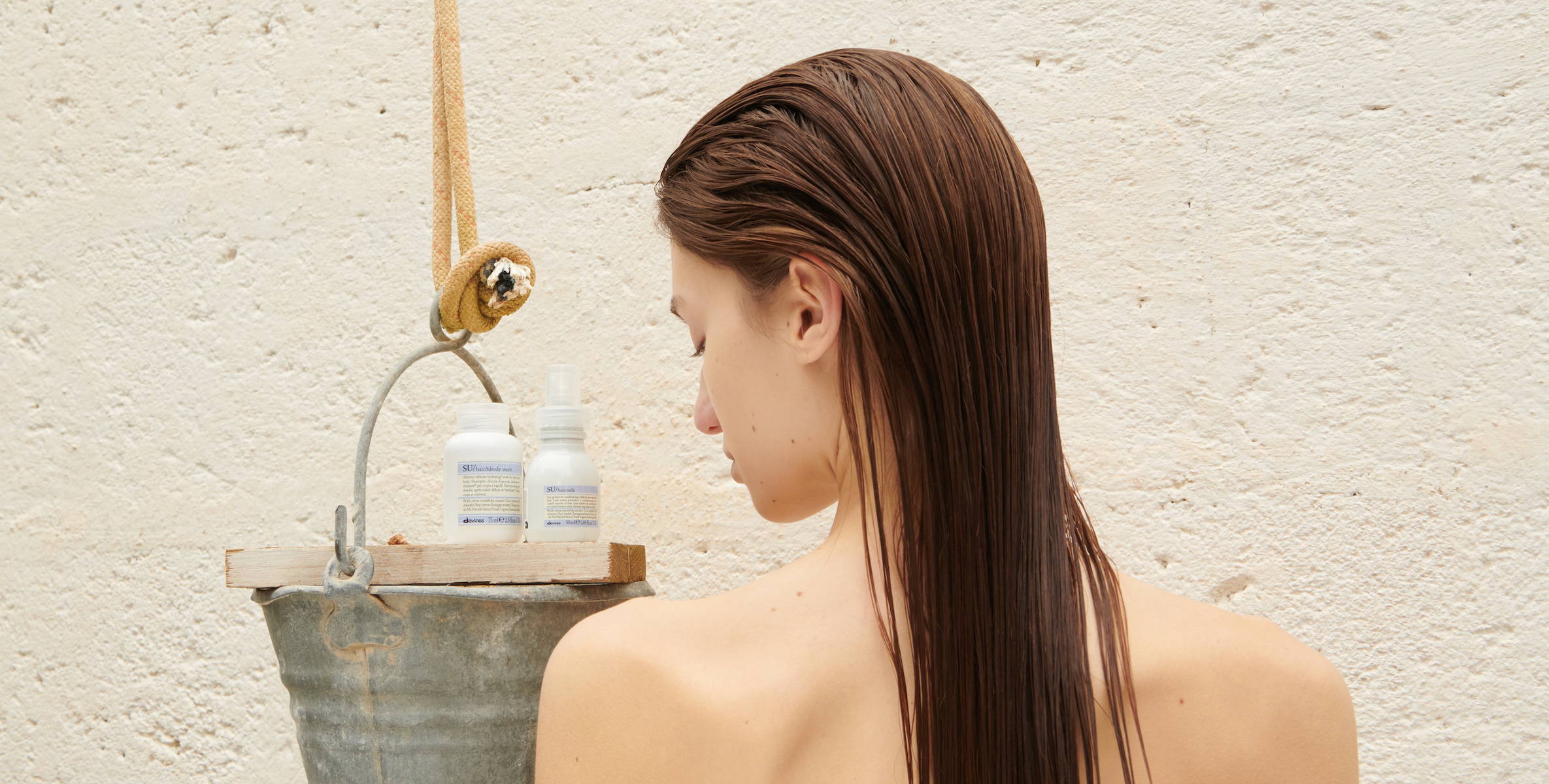
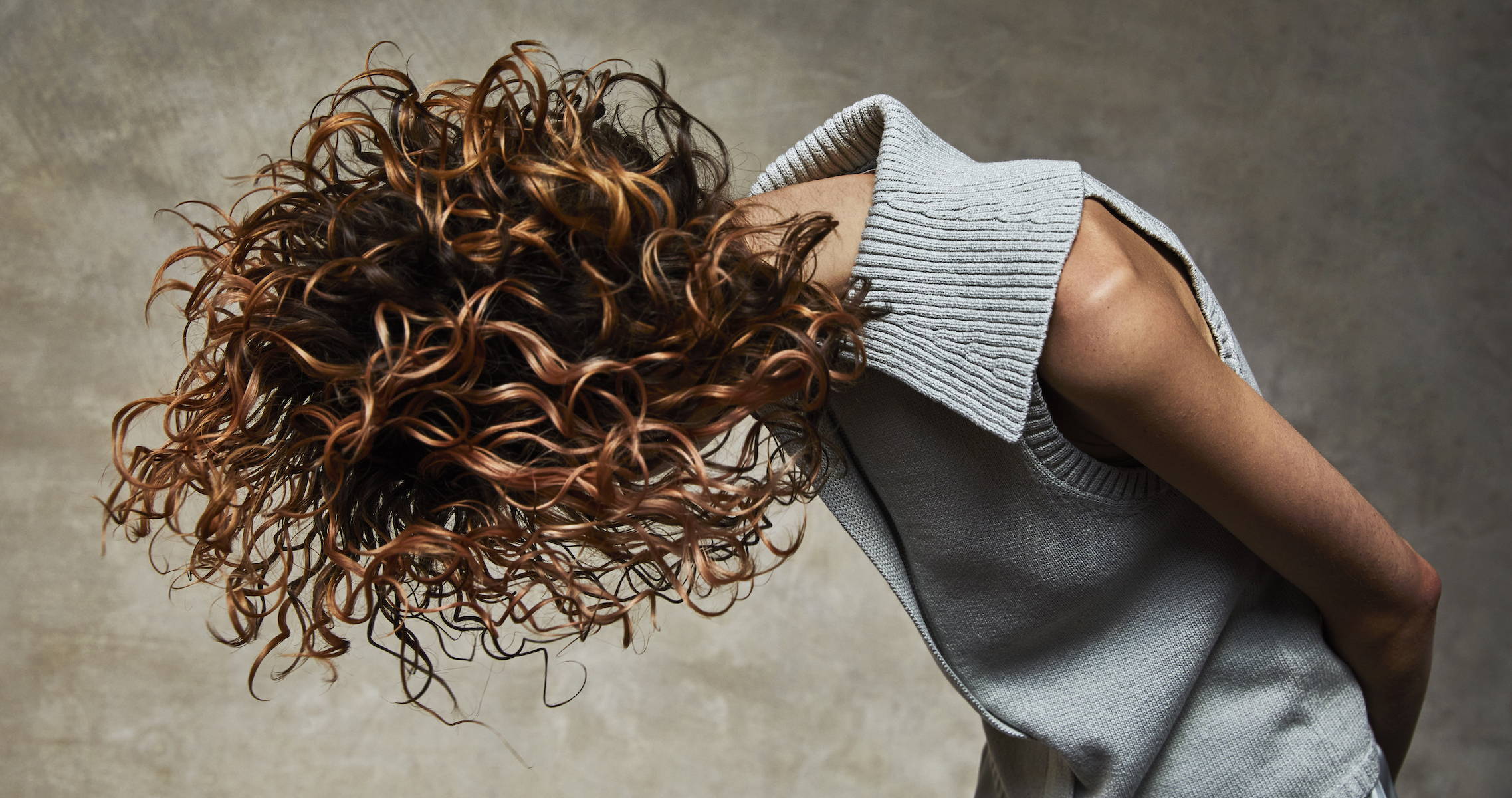
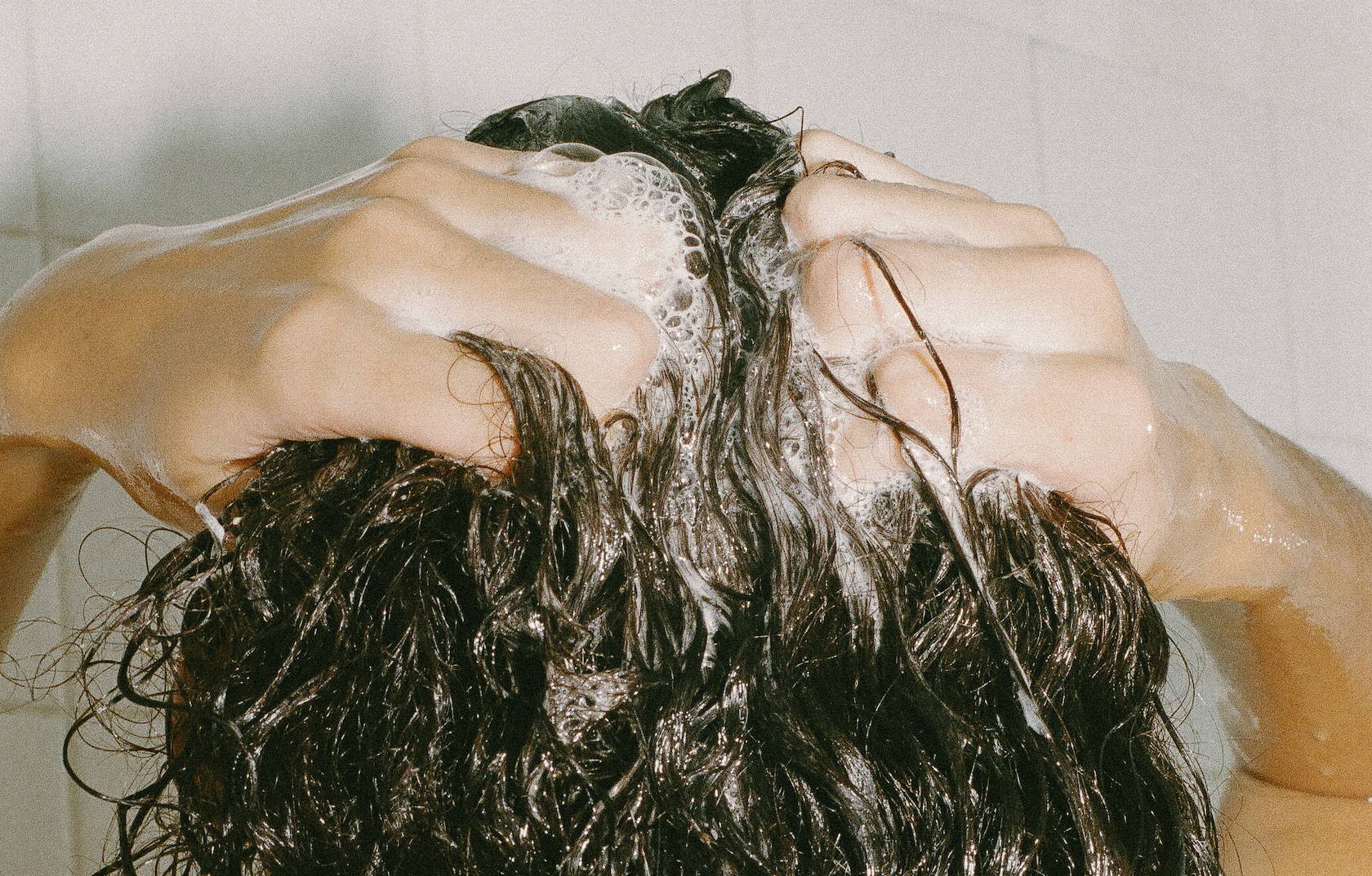

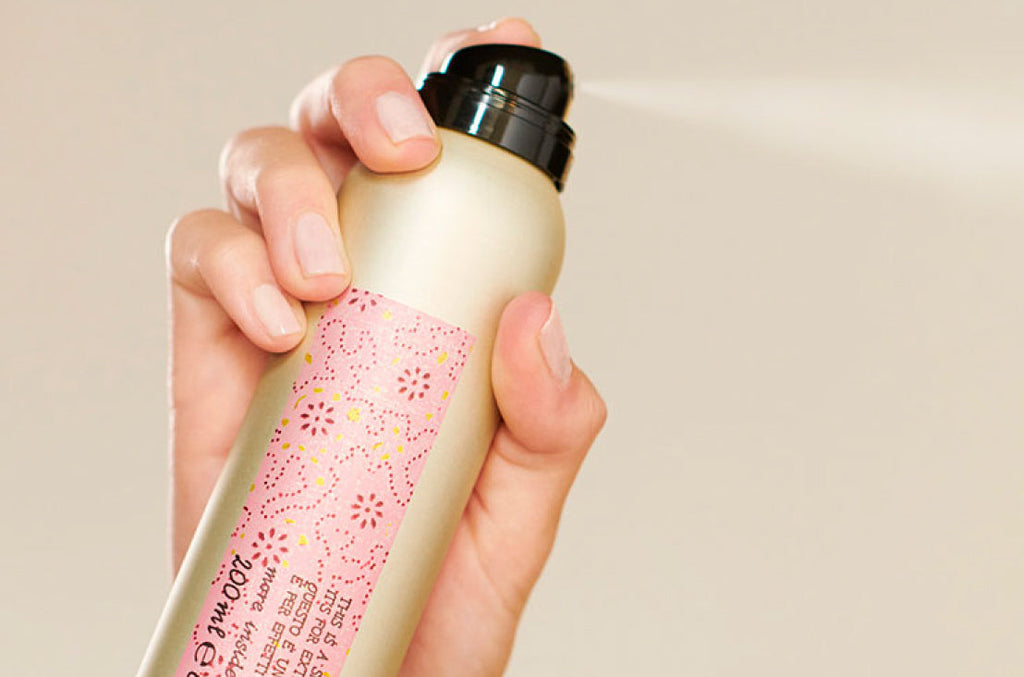
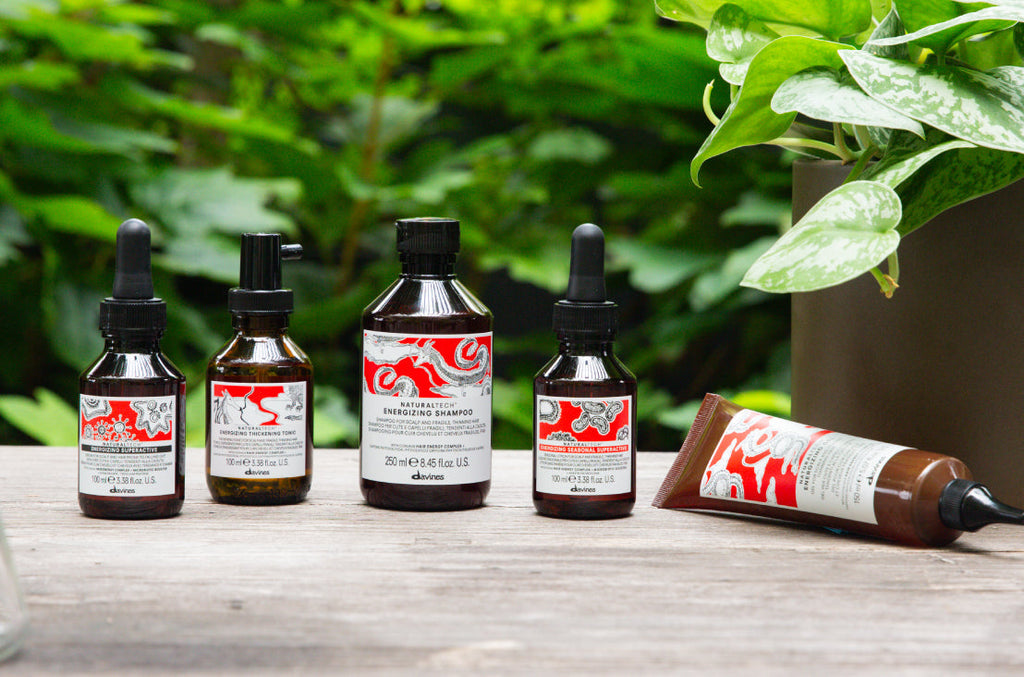
1 Comment
1 Response
Dodie
November 29, 2023
I greatly appreciate the knowledgeable information and techniques you’ve provided. I would like more in-depth information about your products and how they help hair. Having more educated and informed customers is the best way to buy your products. Thank you
Leave a comment
Comments will be approved before showing up.